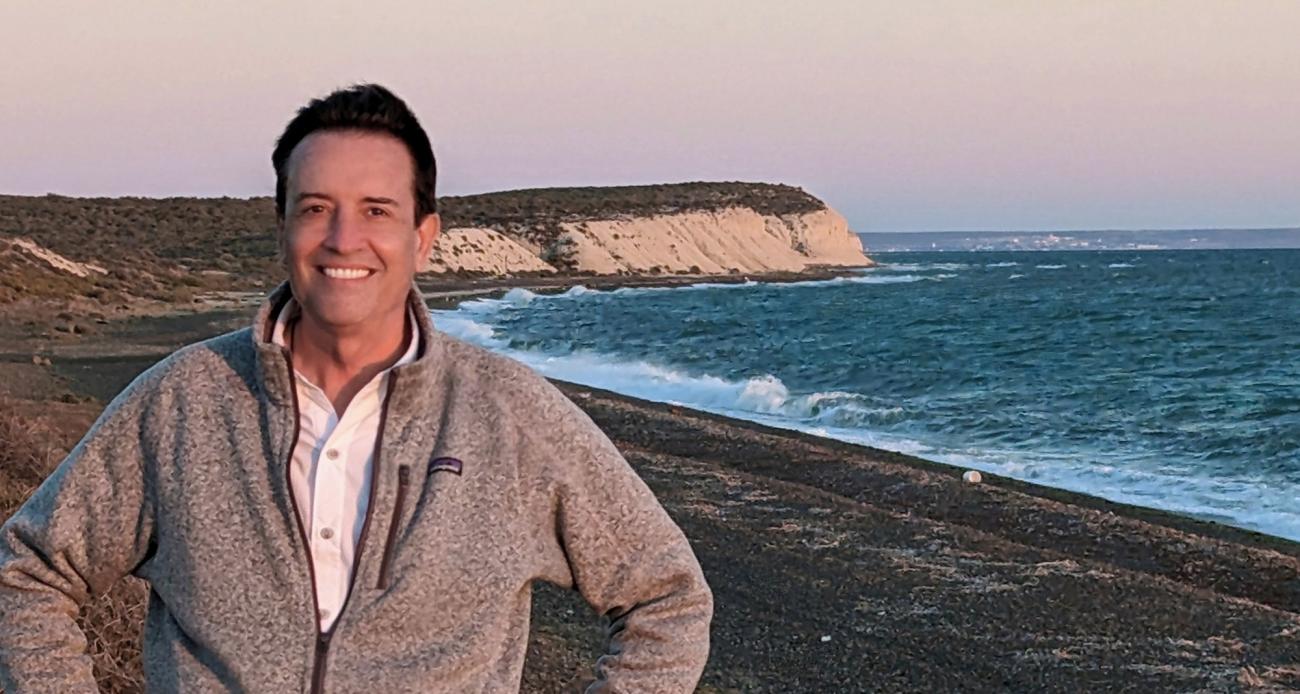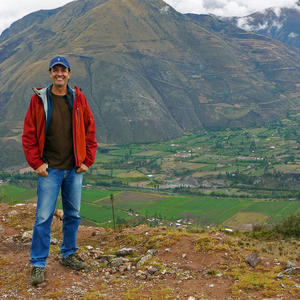Patagonia Azul - Going Coastal in Patagonia
The traveler's dream of Patagonia is marked by steppe deserts, mountain peaks and glaciers. Almost hidden from our collective consciousness of Patagonia (and nowhere to be found on the Patagonia sportswear logo) is the windswept Atlantic of southern Argentina. For exactly this reason the treasures of this epic coastline were on the top of my list to enjoy on a trip to Patagonia in March of this year, and it did not disappoint.
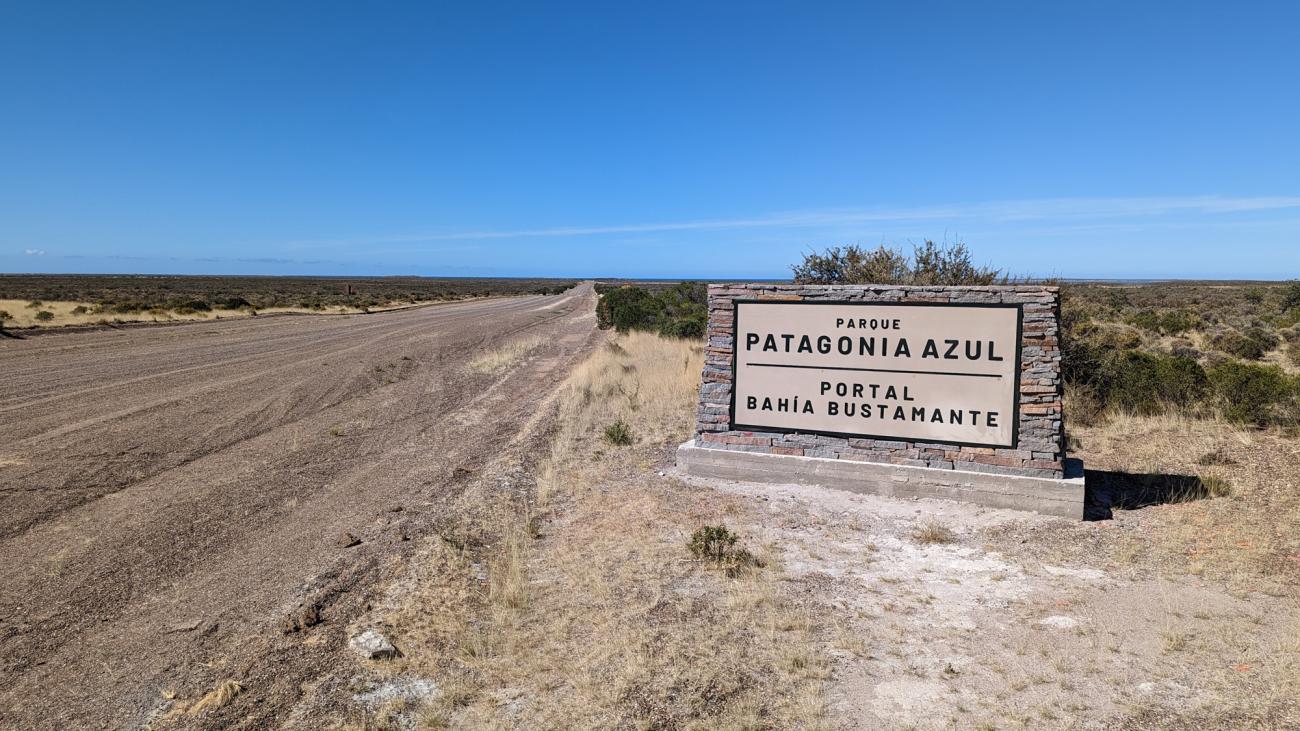
Taking advantage of my visit to this wild coast I stayed at both Bahia Bustamante and La Providencia, two of the best estancias with lodges in the region, all with big sweeps of coastal land that protect important populations of marine and bird life. Inland from the sea wildlife also abounds, and despite ample time in the Andean sector of Patagonia, it was along the coast where I also saw the most variety of terrestrial wildlife during this recent visit.
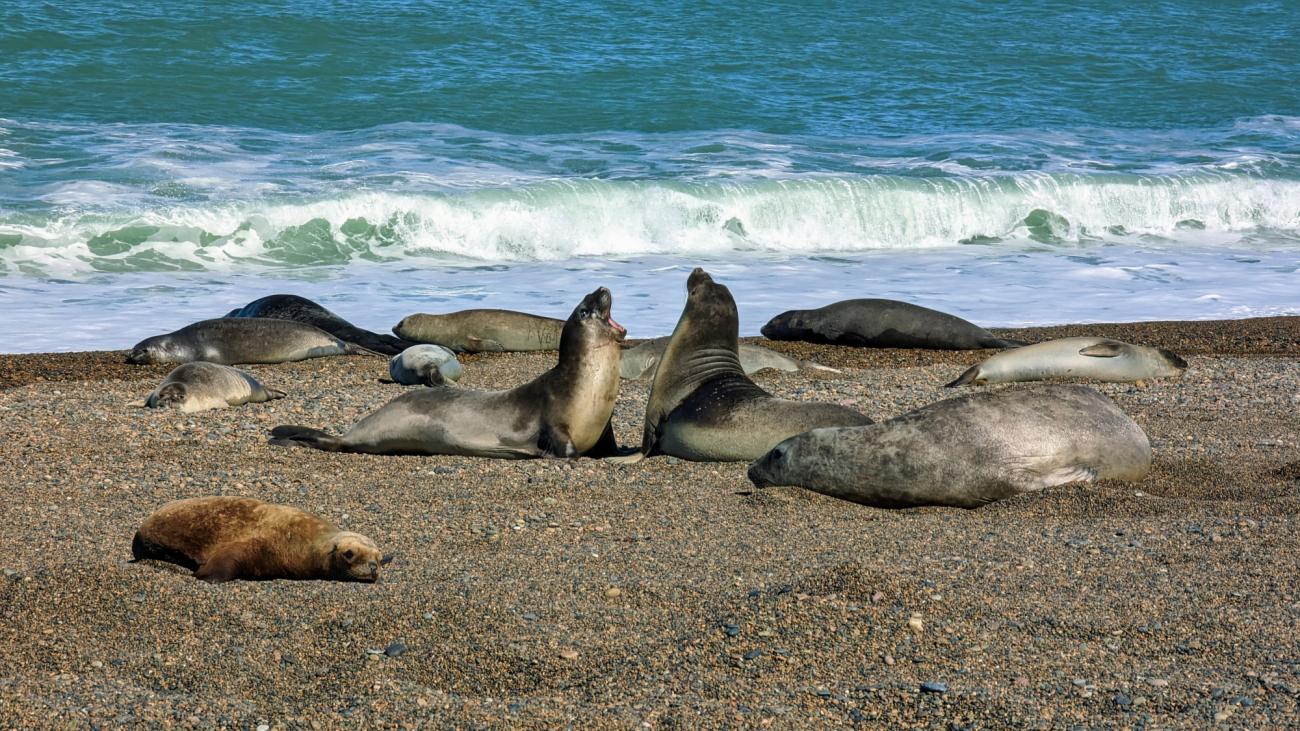
At Bahia Bustamante, the velocity of the herds of guanacos showed that they are still hunted in this region, but all the more beautiful to see them at full speed. A graceful camel seems an oxymoron, but this handsome wild camelid is just that. The guanaco is common throughout Patagonia, but when seen on the coastal steppe in combination with Darwin's Reas, the giant Maras rabbit, hairy armadillo and the stunning marine life that dots the endless sky and deep marine colors of the Atlantic; it becomes clear the natural world is better intact in this part of Patagonia and perhaps even more poetically framed.
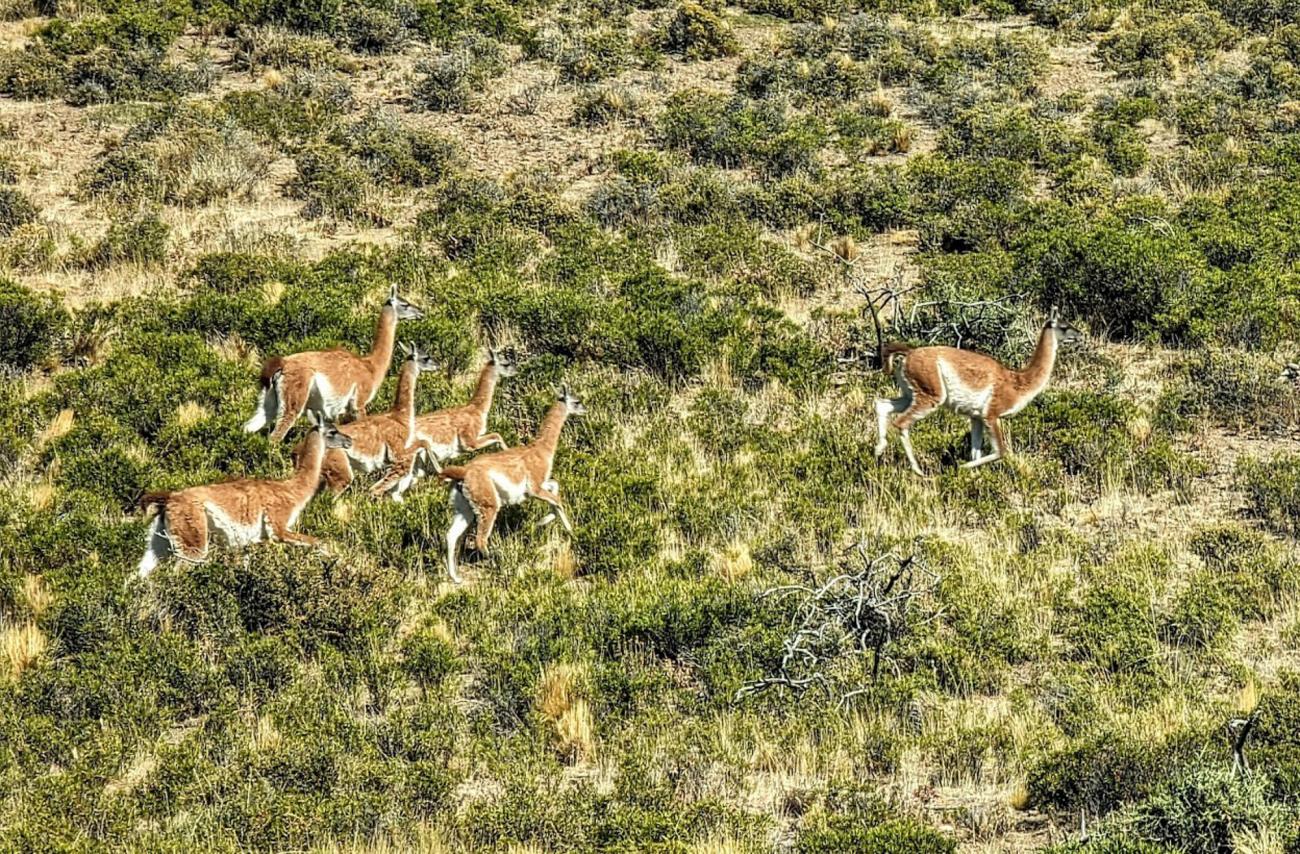
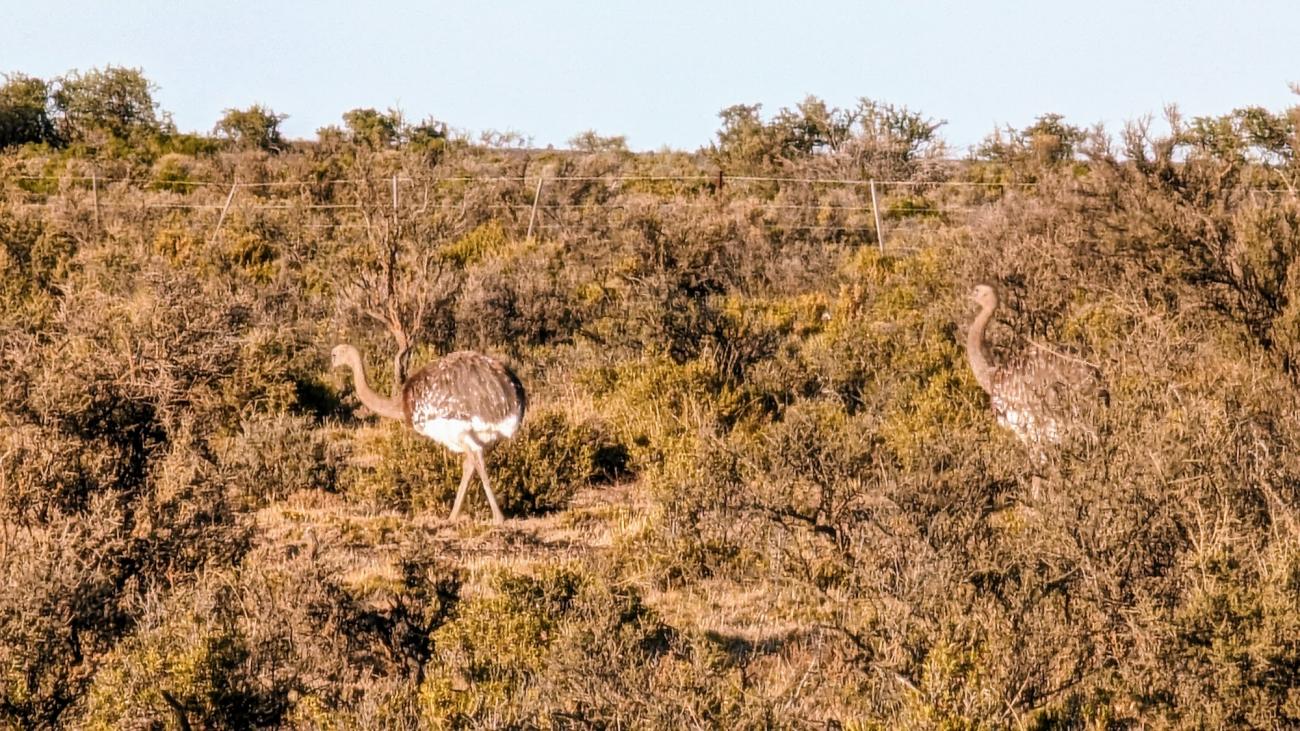
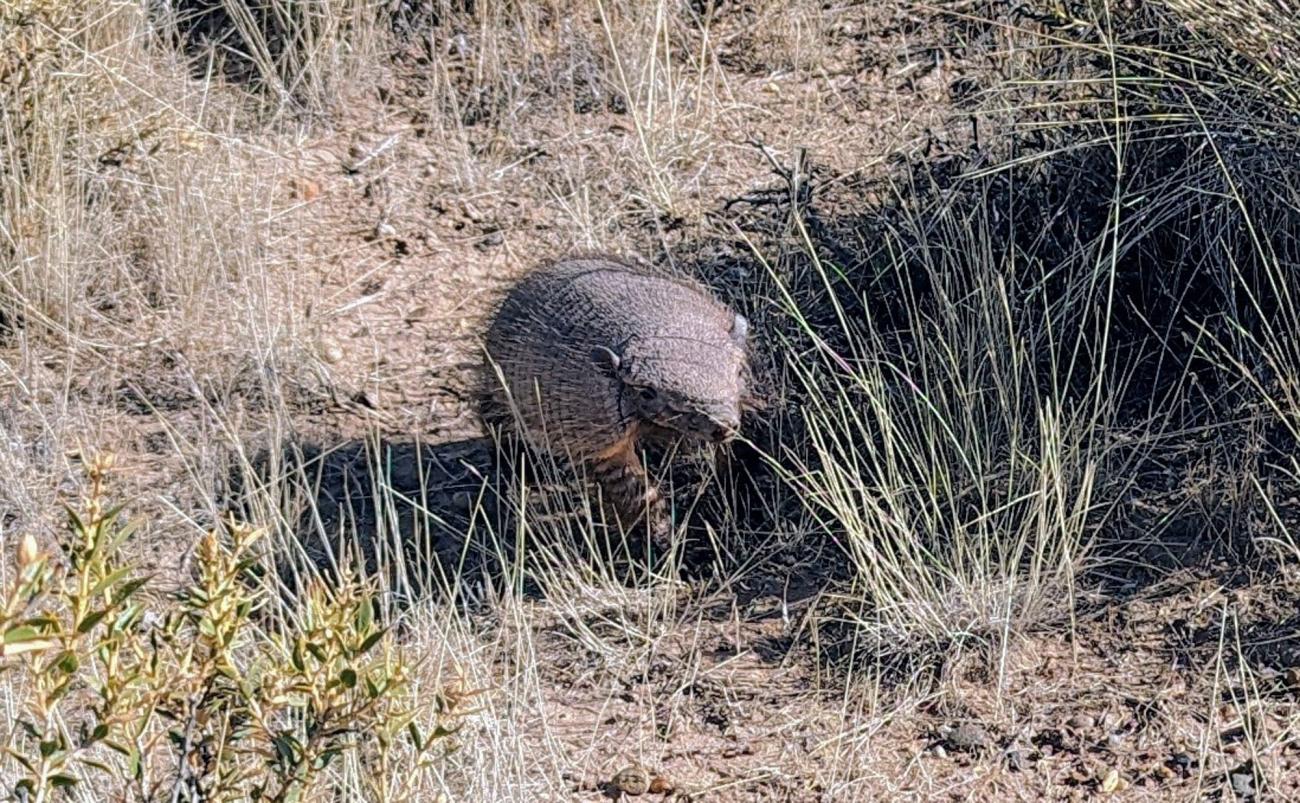
I was quite fortunate to run into a conservation legend in Kris Tomkins, who along with her late husband, has done more for conservation on a private level than any other two humans in the history of our species. I rode along as the owner of Bahia Bustamante took Kris and her group of rewilding experts out on the lodge boat into the series of islands that mark the bay, and the sheer quantity and diversity of marine life was astonishing.
Mrs. Tompkins shot video with her mobile phone of the coastal nature, while others whispered Galapagos comparisons as we motored slowly past massive colonies of sea birds, playful sea lions, and Magellanic penguins. The sea lion pups were so excited to see the boat they snorted with joy trying to break out of their nurseries, looked after by a designated female sea lion in charge while the other moms were out collecting fish. The penguins all faced the same direction like tiny solar panels, carefully heating their freshly wetted plumage, as it was molting season. Everyone on the boat might have sensed at once our relative insignificance in the shadow of so much natural beauty, such an explosion of life, sensing that we appeared as pale wax figures in comparison.
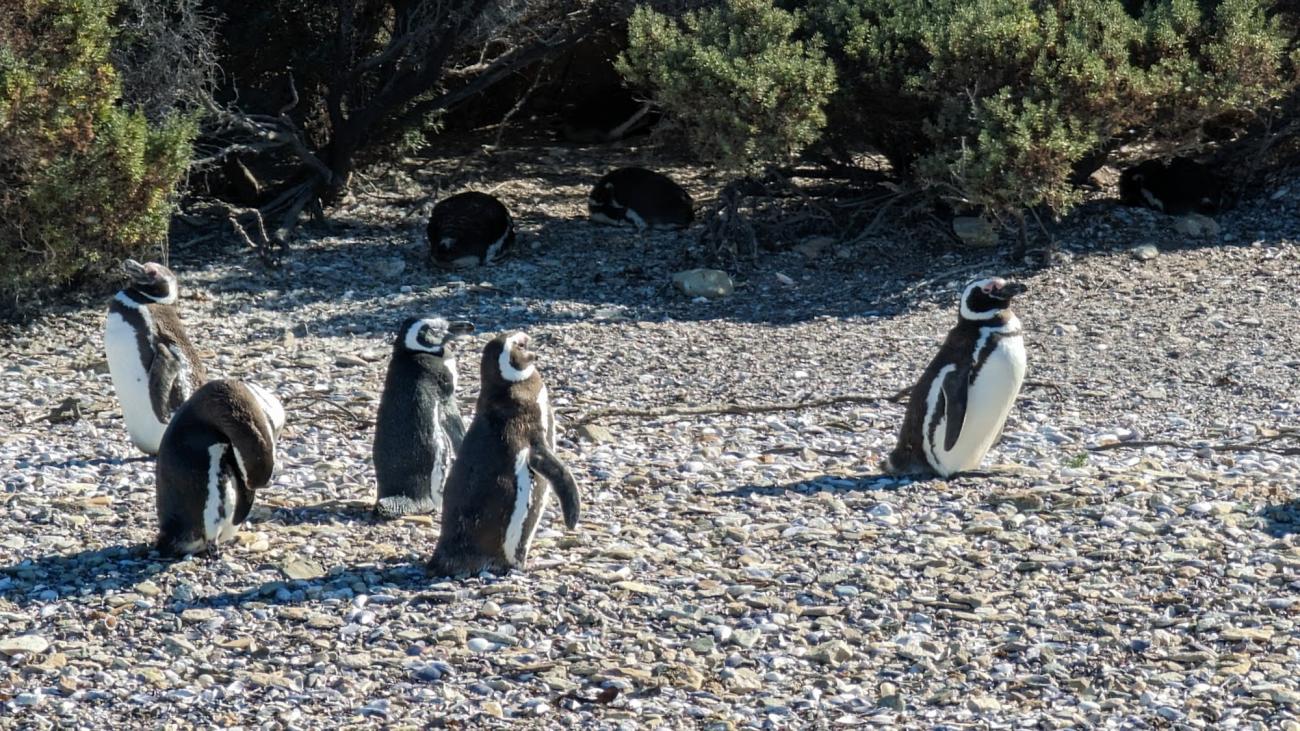
After Bustamante, I headed north along the coast to a lovely olive farm Estancia with 8 km of private coastline called La Providencia. Run by its charismatic owner, the hacienda lodge is no more than a handful of rooms lost in 7,000 hectares of steppe grassland that protects a blue coast. Aside from great food punctuated by the farm's fresh olives and amazing olive oil, La Providencia offers access to a series of beaches just south that are visited by penguins, sea lions and elephant seals. It was the latter I asked my guide to focus on since I had yet to see this curious animal in the wild.
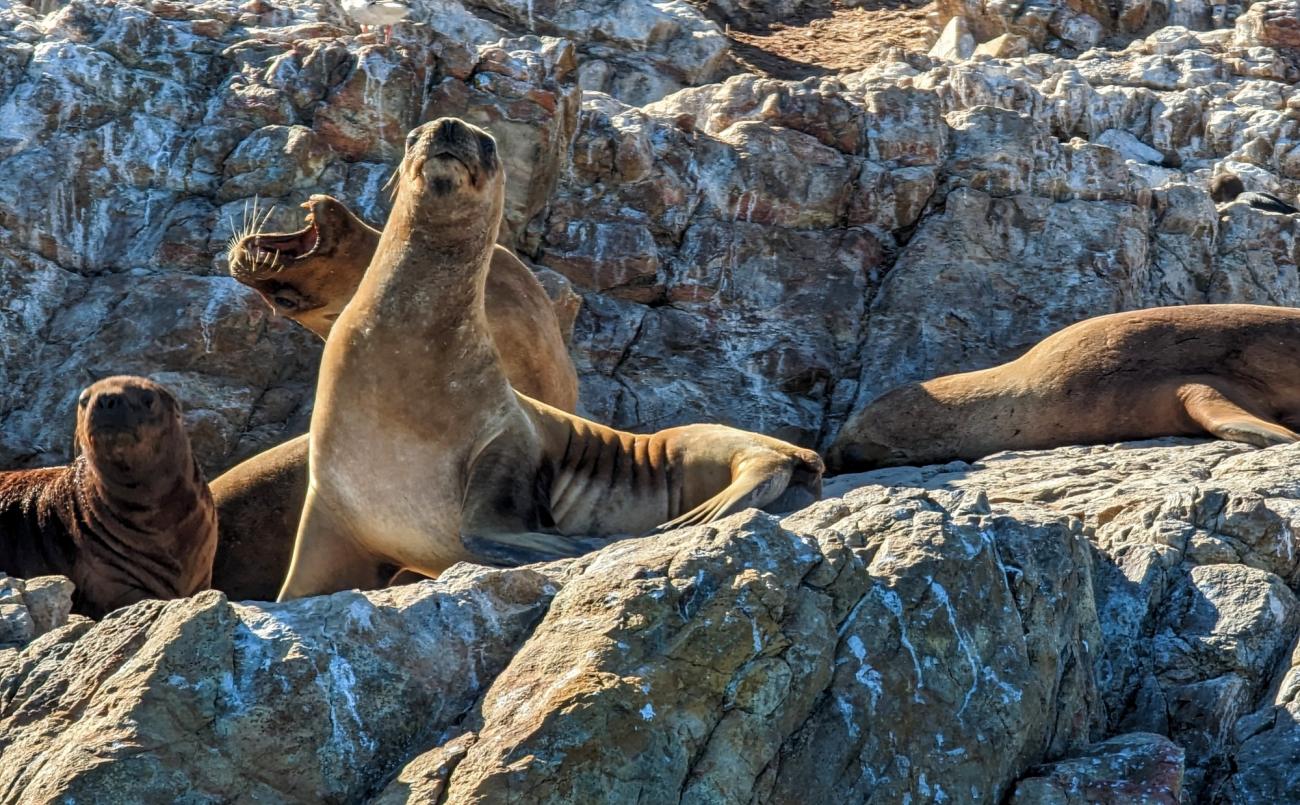
Few would consider it lumbering on the beach to be a heroic species, but that is exactly what it is when it takes to the icy waters of southern Patagonia and Antarctica. No other marine mammal is more respected by PADI divers in Patagonia, one of whom explained to me how they drift like an autumn leaf into the depths of the ocean, as deep as 5,000 feet, saving energy and oxygen by shutting down most of their organs, only then to go to battle in the dark depths with their favorite meal - giant squids.
I was honored to be sitting alone with a colony of seals and our nature guide on a deserted stretch of coast, with no other humans for further than the eye could see. The elephant seals move on land with a clumsy break dance that propels them around the sand, embracing their offspring with a spare flipper, an alpha male bearing its teeth to remind all who is in charge, while young males did mock battles in preparation for a future challenge. Seeing these extraordinary creatures up close was a perfect close to my stay along Patagonia Coast.
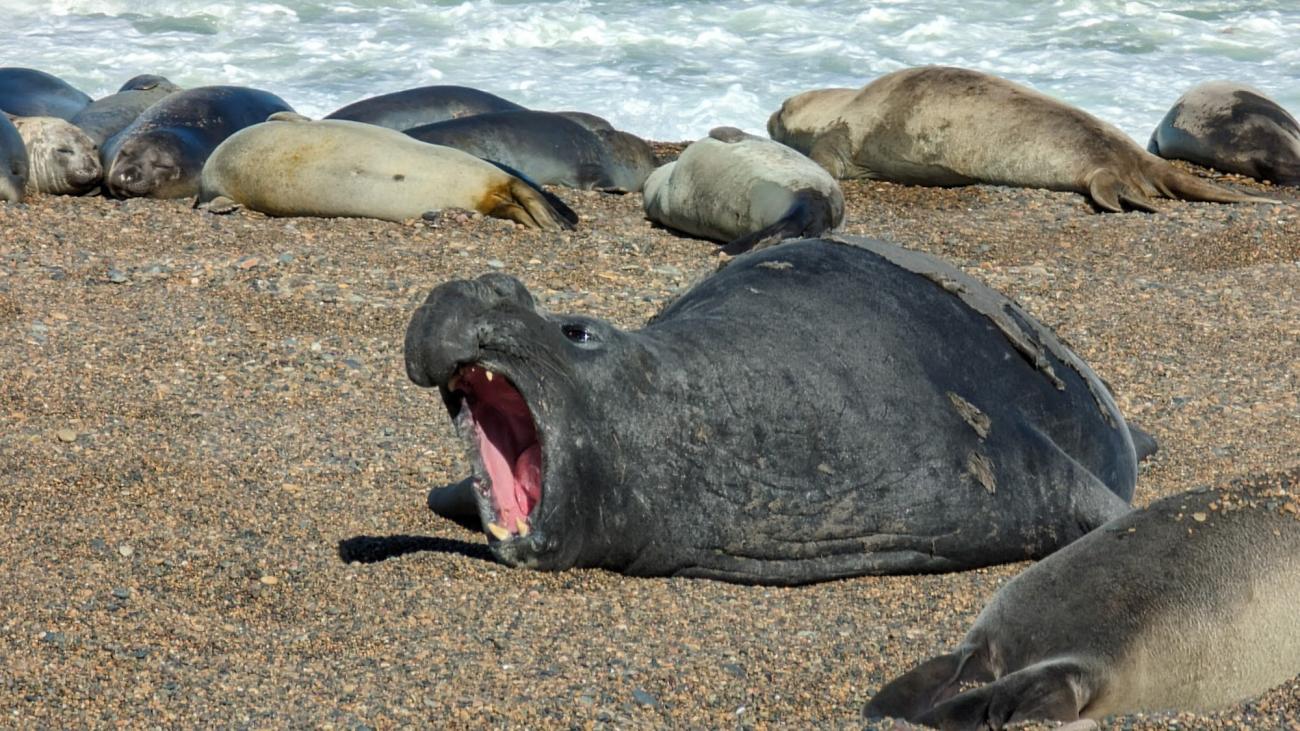
It is no surprise that UNESCO has declared this region of the Patagonia Atlantic Coast as a Biosphere Reserve, Patagonia Azul, the blue Patagonia is a must for travelers that want to experience the sheer size and solitude that made Patagonia legendary in the first place. The dramatic peaks and glaciers of the Andean Patagonia are no doubt also a must, yet too few consider the charms of this unique coastal region.
